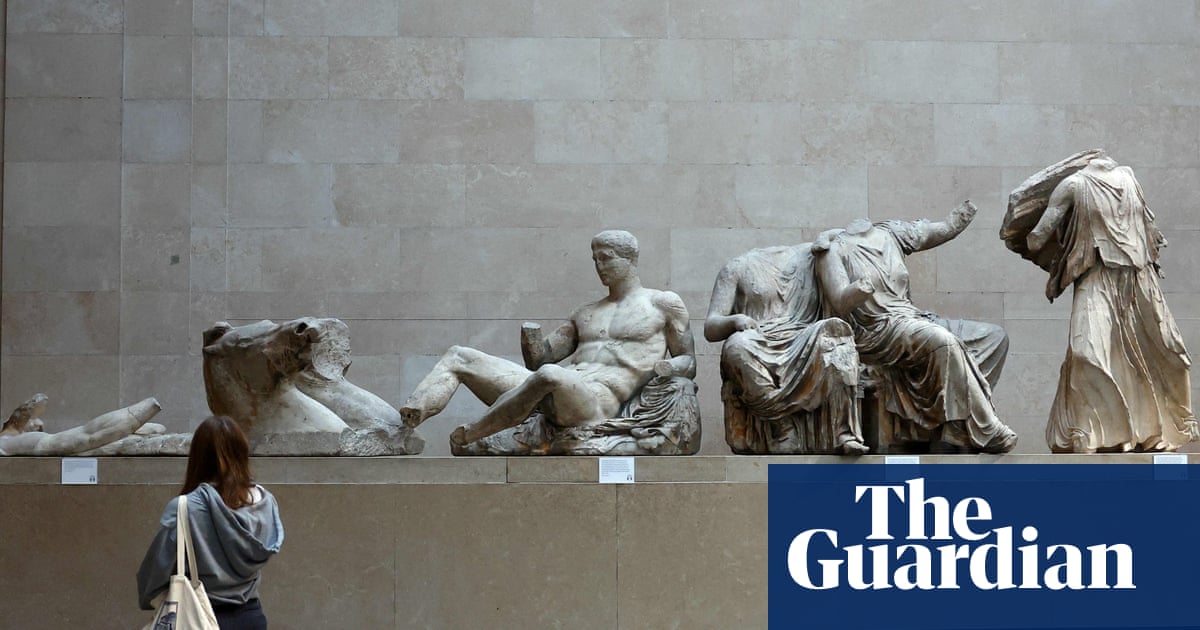
"Collectors have been seen as introverts and perverts, as thieves and predators, as enemies of the humanity and humanism they espouse. The major religions have always been suspicious about collecting, which they associate not with piety so much as idolatry."
"Artefacts were inherently flawed for, as theologian John Calvin declared, the finite cannot contain the infinite. Yet images had the power to reach parts of illiterate societies that words alone never could."
"Churches invested in relics not only to attract donations and pilgrim-tourists, but to succour and solace parishioners in times of war or pestilence."
"Within living memory, idolatry was one of the accusations levelled at collectors during the Chinese Cultural Revolution. They were targeted as decadents, bourgeois, in thrall to a discredited past."
Collecting has been perceived as an art form associated with sophistication, appealing to educated elites. However, James Delbourgo illustrates how collectors are also viewed with suspicion historically. Major religions have criticized collecting as idolatrous, equating it with a distraction from spiritual devotion. Collectibles symbolize both a connection to the past and controversy, exemplified by attacks on collectors during the Chinese Cultural Revolution. Notably, the concept of pi in 17th century China encapsulates this duality, merging the notions of passion and eccentricity with societal critiques.
Read at www.theguardian.com
Unable to calculate read time
Collection
[
|
...
]